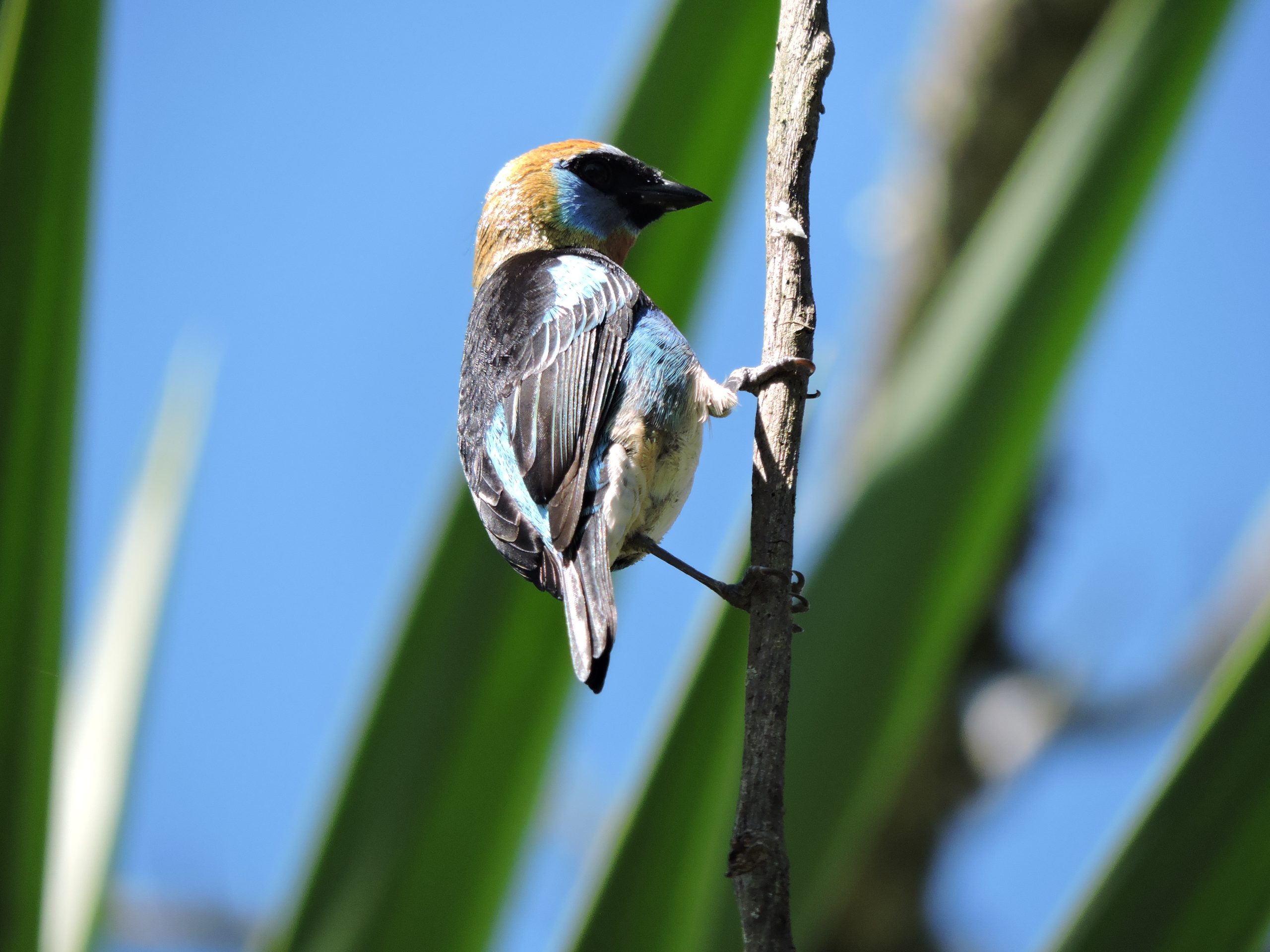By Amie MacDonald, Migration Scientist
Many bird species that breed in Canada migrate through or spend the non-breeding season in Mexico and Central and South America, flying truly impressive distances and making journeys that connect us across borders and habitats. Effective conservation of migratory birds requires us to consider the full annual cycle, to collaborate internationally, and to foster and support locally-led research and conservation in Latin America.
Recently, I had the incredible privilege of travelling to Costa Rica to help with an advanced techniques in ornithology training workshop led by partners from SELVA: Research for Conservation in the Neotropics and Proyecto Cerúlea. The workshop was attended by 11 ornithologists from Costa Rica, Panamá, Nicaragua, Honduras, and Guatemala. The workshop focused on how to deploy radio-transmitters on birds and on the Motus Wildlife Tracking System. The workshop was held at Las Brisas Nature Reserve and organized by SELVA, Birds Canada, Finca Cantaros, and Proyecto Cerúlea, with critical support from Rodney Briggs, Environment and Climate Change Canada, and the US Fish and Wildlife Service.
Motus (Latin for movement) is supported by an innovative collaborative research network that uses automated radio telemetry to study the movements and behaviours of flying animals from local to trans-hemispheric scales. It allows scientists to track the smallest animals over the greatest distances with exceptional precision. Miniature tags affixed to animals of almost any size (birds, bats, and even insects) transmit valuable information across close to 2,000 receiving stations on the landscape maintained by a partnership of hundreds of collaborating researchers and organisations.
Safely and ethically deploying radio-transmitters on birds is a responsibility requiring exceptional training and practice, which was the main focus of this workshop. Participants learned about the different methods for equipping birds with transmitters, considerations when choosing transmitter and attachment types, practiced making different types of harnesses, and importantly, practiced placing transmitters on a variety of bird species using multiple attachment methods. While we mostly practiced with non-active tags that were removed from the birds before they were released, we also deployed live tags on Wood Thrush as part of a new collaborative range-wide study just getting underway! See this short video to see some highlights.
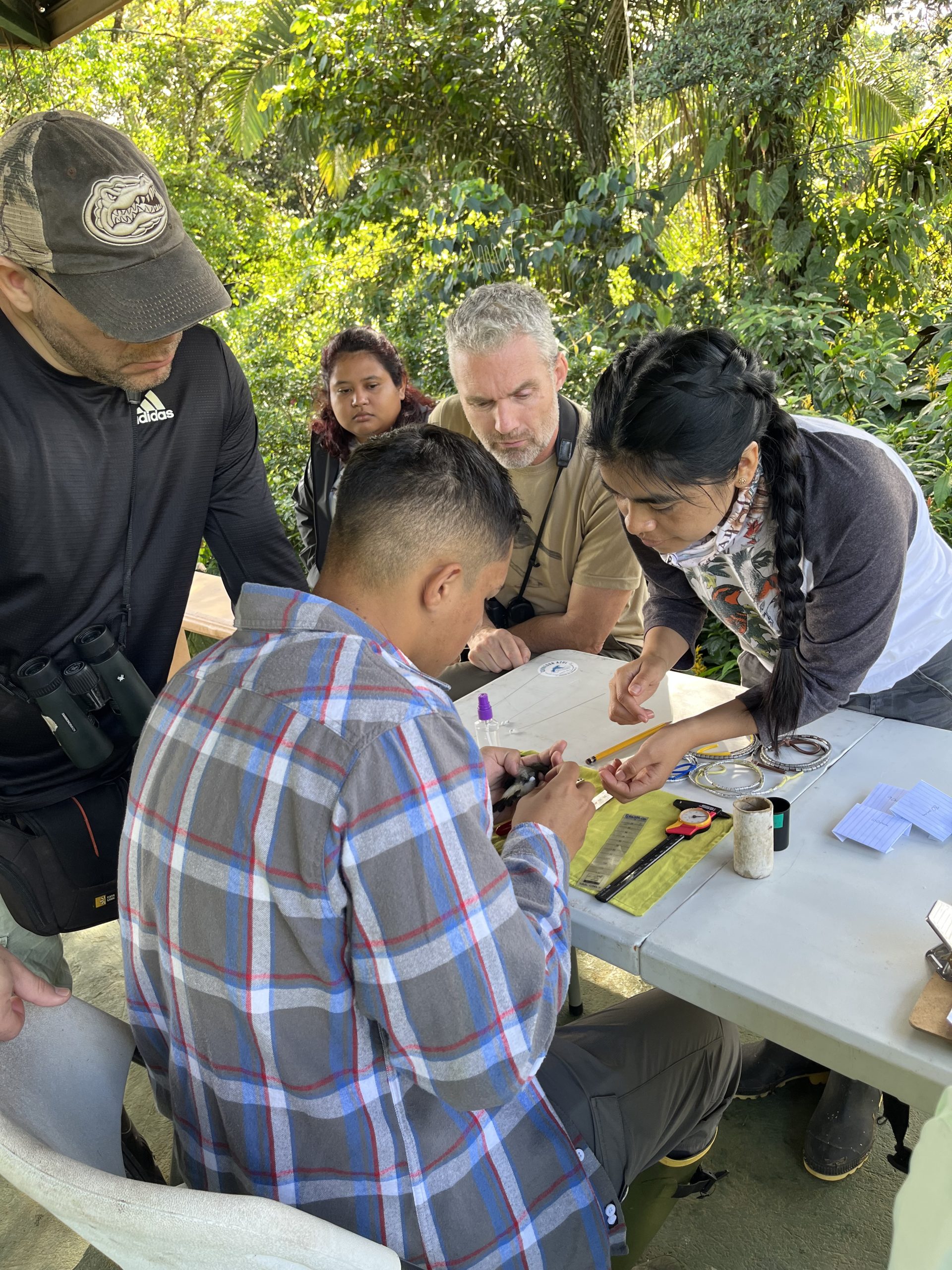
Banding birds and practicing transmitter attachment at Las Brisas Nature Reserve. Photo: Amie MacDonald
Beyond tagging methods, the workshop covered crucial topics in bird conservation, including:
- The Motus system: participants learned how the system works, the basics of Motus stations, data management and visualization, and how to design a study that uses Motus effectively.
- Research potential of Motus and other technologies in the Neotropics: studies tagging migratory birds in the Neotropics are well-positioned to get high detection rates and gather critical information due to the large number of Motus stations in the United States and Canada.
- Manual telemetry: manual tracking with a mobile receiver can complement data collected with Motus to examine finer-scale movement patterns.
This capacity building sets a critical foundation of knowledge and experience for individuals to lead and contribute to future work in Central America studying and conserving birds and habitats of regional and international importance.
Las Brisas Nature Reserve provides some of the most bird-rich habitats in Costa Rica and was an ideal place to host the workshop. Previous work by Proyecto Cerúlea and SELVA has identified the site as an important stopover habitat for Endangered Cerulean Warblers. Las Brisas has hosted a Motus station since 2019, and the data collected have revealed more information about the stopover needs of Cerulean Warblers than has ever been known before and also demonstrate the connections between Las Brisas and other locations in the western hemisphere for migratory birds. In the last four months alone, nearly 60 birds of eight species have been detected at Las Brisas. These birds were tagged in locations ranging from British Columbia to New Brunswick, which highlights how birds breeding from coast to coast to coast in Canada rely on habitat in Central America.
While I encountered many species completely new to me, like Green Honeycreeper, Snowcap, and Golden-hooded Tanager, I also saw familiar species like Chestnut-sided Warbler, Tennessee Warbler, and Bay-breasted Warbler in very different habitats than where I’ve seen them in Canada.
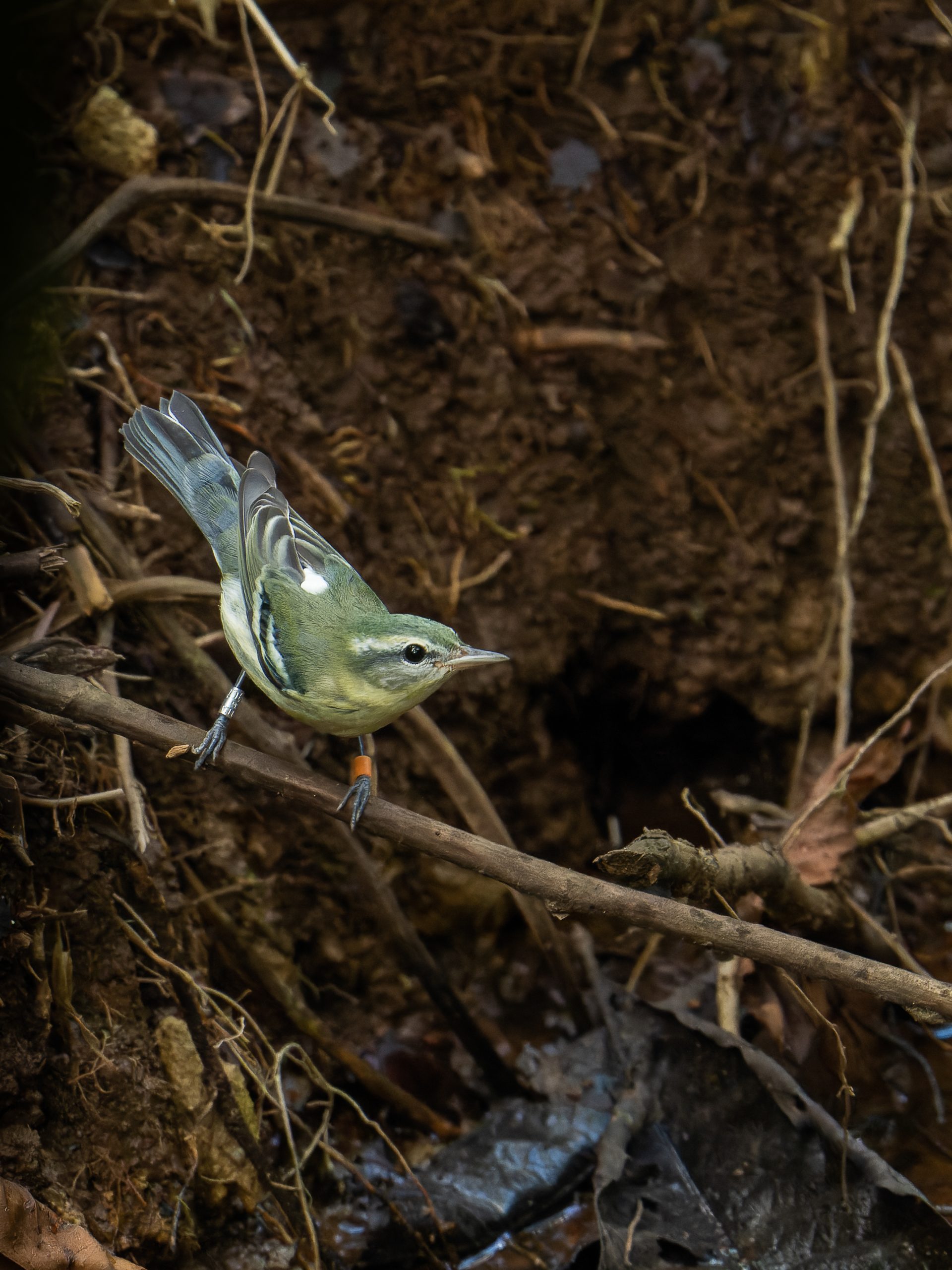
Cerulean Warbler. Photo: Jose Pablo Castillo
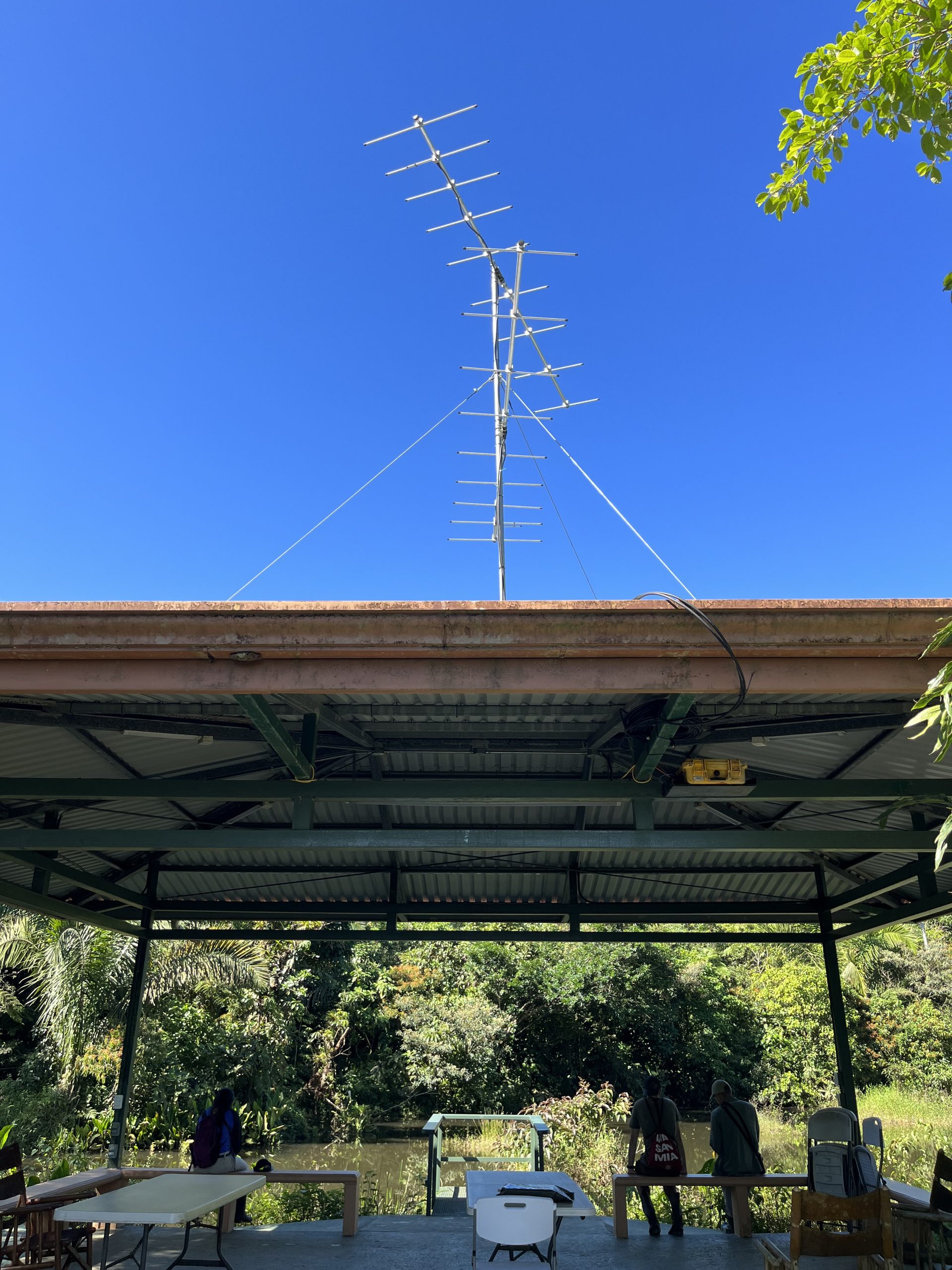
Motus station at Las Brisas Nature Reserve. Photo: Amie MacDonald
I’m grateful to have participated in this workshop and to have learned so much from everyone I met. Now that I’ve returned to Canada, I will continue building international friendships and partnerships, inspired by the current and upcoming research for bird conservation in Latin America.
Motus is a rapidly growing community of people connected across hemispheres through their passion for conservation and the need to better understand how animals use our shared space. Motus is helping to build collaborations and strengthen conservation science across borders.
The Motus Wildlife Tracking System is an international collaborative research program managed by Birds Canada. To learn more about our work on Motus in Latin America, read our article in BirdWatch Canada, Motus: Community Building for Conservation.
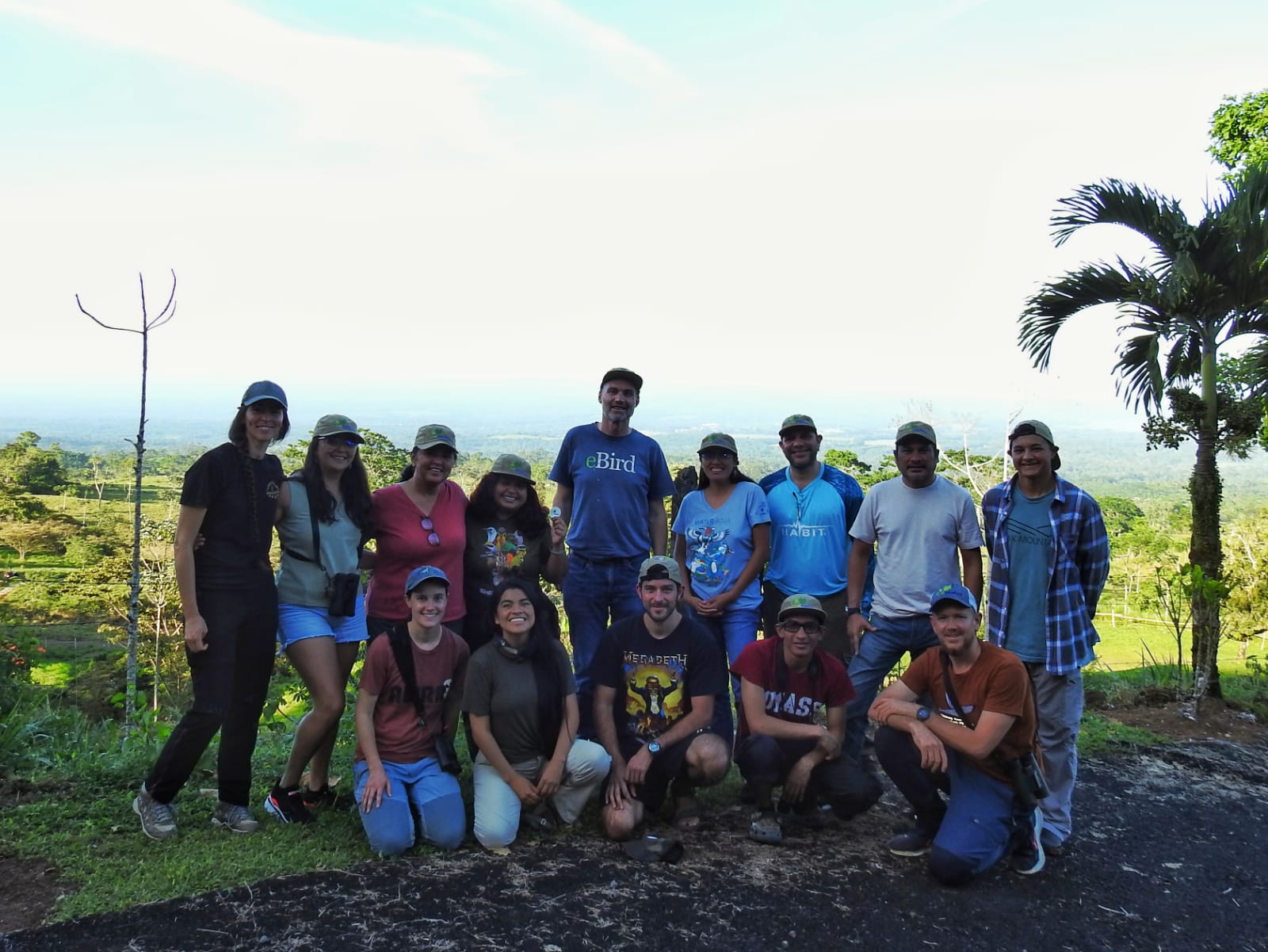
Participants in the Taller de colocación de transmisores (Transmitter attachment workshop). Photo: Ernesto Carman
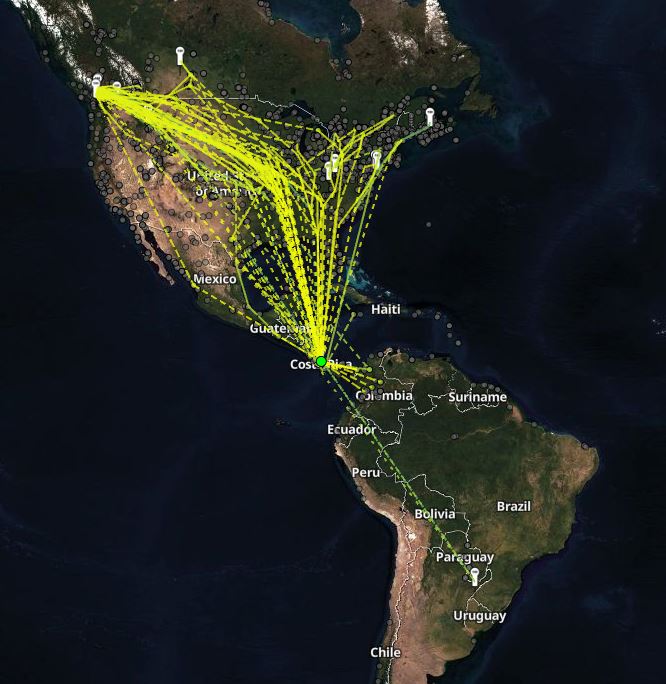
Routes of Motus-tracked migratory birds detected at Las Brisas
